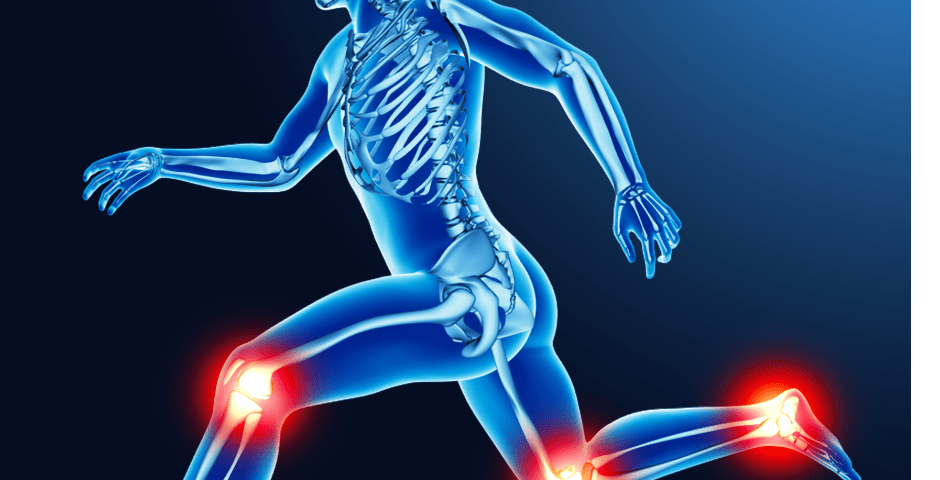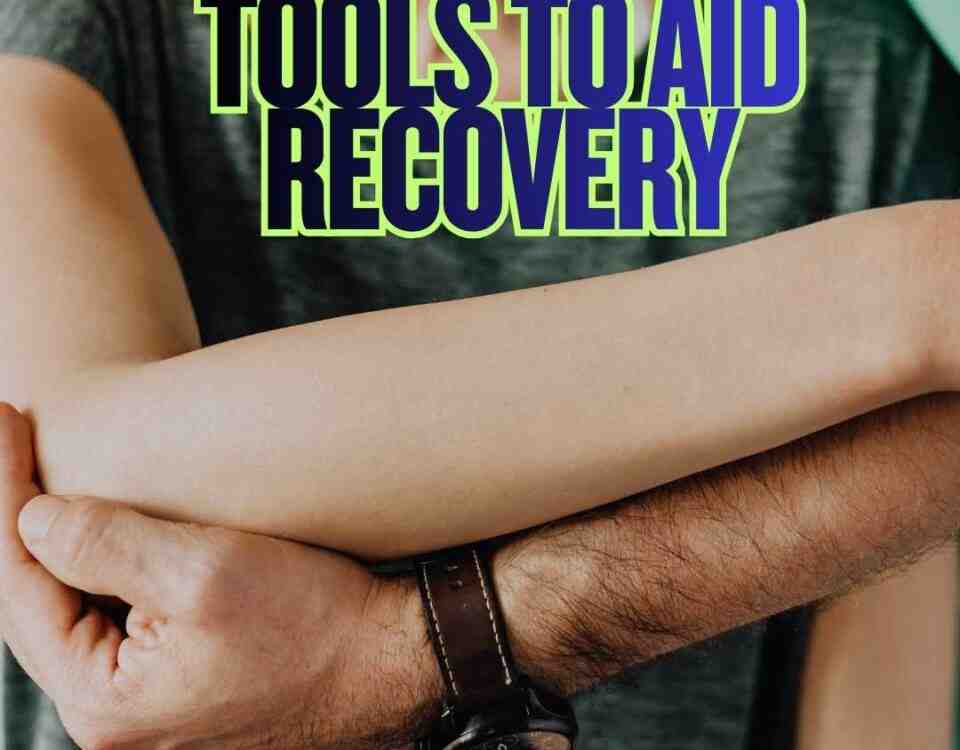Joint Hypermobility and the Beighton Score

5 Common Mistakes When Recovering from a Car Accident
December 6, 2024
Is There Science Behind Copper Healing Attributes?
December 31, 2024- Accident doctor
- accupuncture
- airplane headache
- alzheimer's
- best habits
- Brain Injuries
- car accident
- car accidents
- cervical strain
- colds
- concussion
- Concussions
- disc bulge
- dosage meds
- dry needling
- dull pain
- E bike injuries
- florida
- good posture
- headaches
- Headrest positions
- Headrest positions after an accident
- Healthy choices
- Healthy flying
- healthy gift guide
- Healthy SPring Ideas
- hip pain
- hyperextension
- injury doctor
- insurance
- Kayaking
- kentucky
- kids motion sickness
- lifestyle
- motion sickness
- neck injury
- no fault insurance doctor
- noise healing
- osteoporosis
- pain symptoms
- pink noise
- posterior chain
- posture
- prevent osteoporosis
- Rest
- Scoliosis
- shoulder pain
- Stress with kids after a motor vehicle accident
- TBI
- tips
- tmj
- torn muscle
- Traumatic Brain Injury
- trigger points
- VitaminD
- What are Post Traumatic headaches?
Joint Hypermobility and the Beighton Score
Joint hypermobility and the value of the Beighton Score are discussed by Dr. Deryk Harting, a patient favorite at one of the highest rated car accident medical care programs in Tampa Bay. Joint hypermobility occurs when the ligaments surrounding a joint are more elastic than usual, allowing the joint to move beyond its normal range of motion. While flexibility can be a desirable trait for athletes or dancers, joint hypermobility may also come with potential risks and complications like joint pain, instability, dislocations, arthritis, and joint degeneration. Hypermobility can occur in healthy, pain-free individuals or be part of broader conditions, including joint hypermobility syndrome, Marfan syndrome, and Ehlers-Danlos syndrome (EDS). These conditions often present with other signs beyond joint mobility which makes identifying and diagnosing joint hypermobility critical to proper management.
The Beighton Score is a clinical score used to assess joint hypermobility and is based on a series of physical tests that examine the range of motion at specific joints. There is also a health history questionnaire component. The test is quick and involves a series of simple maneuvers, with each one contributing a point to the final score. The higher the Beighton Score, the more likely it is that an individual has hypermobile joints.
The Beighton Score is a total of 9 points, with each of the following maneuvers earning a score of 1 point if the joint exhibits hypermobility:
- Little Finger Flexibility: The little finger can be bent backwards past 90 degrees (1 point for each finger).
- Elbow Hyperextension: The elbow joint can (hyper) extend beyond 10 degrees (1 point for each elbow).
- Knee Hyperextension: The knee joint can (hyper) extend backward beyond 10 degrees (1 point for each knee).
- Touching the Floor: The individual can touch the floor with their palms while keeping their knees straight.
- Thumb to Forearm: The thumb can be bent backward to touch the forearm (1 point for each thumb).
The final score is the sum of points from each maneuver, with higher scores indicating more significant hypermobility. A score of 4 or higher suggests a diagnosis of hypermobility or a related condition (although this score should always be interpreted in conjunction with other clinical data.)
The Beighton Score is valuable in diagnosing hypermobility disorders. It provides a quick and effective way to identify individuals who may need further evaluation for certain conditions. The score can also help healthcare providers assess the risk of joint instability, dislocations, and other complications that may arise from hypermobility. Furthermore, it can be used to monitor changes in joint mobility over time, providing adjustments to treatment plans for those with hypermobility-related conditions. In addition, the Beighton Score can be used in research settings to identify populations with joint hypermobility and study its effects on musculoskeletal health.
It should be noted that the Beighton Score has some limitations. It is a subjective assessment that may be influenced by the examiner’s experience and technique. Additionally, factors like age and gender can affect the score, as younger people and women tend to have more flexible joints, leading to higher scores. Lastly, the Beighton Score only assesses joint mobility and does not consider other important clinical symptoms, such as pain or joint stability, and does not differentiate between localized vs generalized hypermobility.
— This article is written by Deryk Harting, DC, one of the members of Chambers Medical Group’s team of car accident chiropractors who offer a variety of treatments and therapies ranging from diagnostic testing to various soft tissue therapies for car accidents and injuries in Florida.
- Car Accident Medical Clinic in Tampa
- Car Accident Medical Clinic in Plant City
- Car Accident Medical Clinic in Brandon
- Car Accident Medical Clinic in Lakeland
- Car Accident Medical Clinic in Sarasota
- Car Accident Medical Clinic in Louisville
- Car Accident Medical Clinic in Lexington
- Car Accident Medical Clinic in Florence




